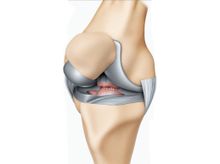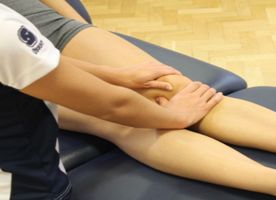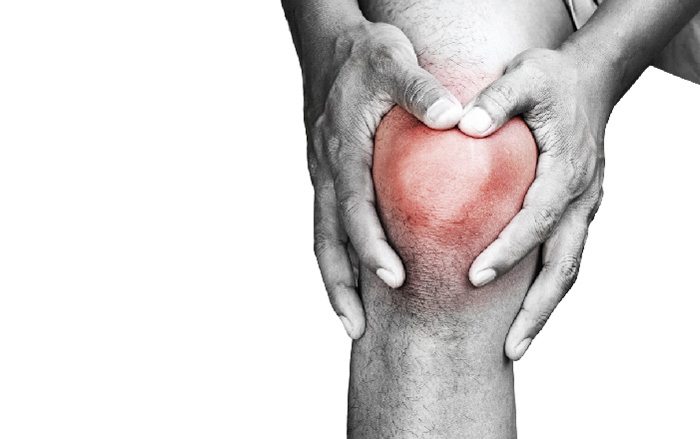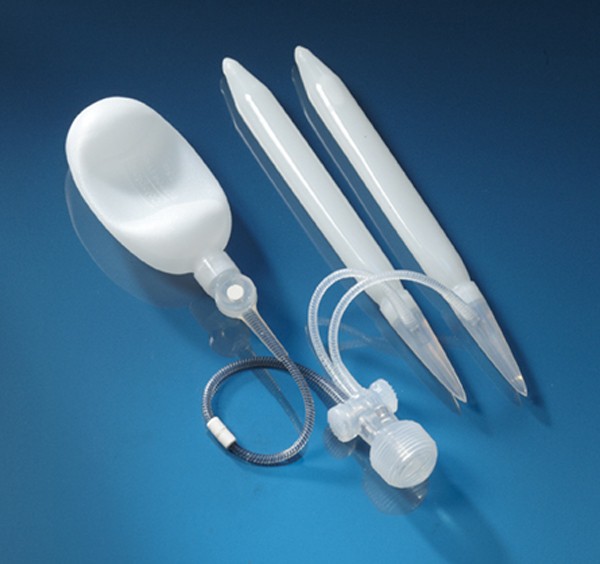Knee Ligament Surgery (ACL) in Cto Brasil
Search and Compare the Best Clinics and Doctors at the Lowest Prices for Knee Ligament Surgery (ACL) in Cto Brasil






Knee Ligament Surgery (ACL) at Hospital de la Familia in Mexicali, Mexico





Knee Ligament Surgery (ACL) at Hospital Hispano Americano in Mexicali, Mexico





Knee Ligament Surgery (ACL) at Hispano Americano Hospital in Mexicali, Mexico
Our partner clinics in are accredited by the following associations





































































































































































No Time?
Tell us what you're looking for and we'll reach out to the top clinics all at once
WHY US?





































































































































































No Time?
Tell us what you're looking for and we'll reach out to the top clinics all at once
What does a Knee Ligament Surgery (ACL) Procedure Involve?
Knee ligament surgery begins with anesthetizing the patient. An arthroscope is inserted through a small incision which is used to view inside the joint, this allows the surgeon to clearly see the torn ligament. After this, many smaller incisions are given on and around the joint through which various surgical instruments are inserted into the joint cavity. The anterior cruciate ligament cannot be repaired by sewing its torn fibers together. Its fibers are removed and new tissue is grafted at its place which is taken either from the patellar tendon or hamstring tendons.
Alternatively, a cadaver can be used to provide the new fibers - this option is particularly popular among athletes who do not want to lose any speed after recovery. The new ligament is fixed at the same place where the previous ligament was located with the help of staples or screws. After the surgery, your incisions are stitched and bandages are applied over them.
How Long Should I Stay in Cto Brasil for a Knee Ligament Surgery (ACL) Procedure?
The surgery is usually 1 to 1.5 hours long. An overnight stay at the hospital is required after which you are discharged. After being discharged from the hospital, visit your doctor regularly. If you are given dissolvable stitches, they will disappear after 3 weeks. If not, you would have to visit your doctor to get them removed. You will have to stay in the area for 1-2 weeks after surgery for check-ups. This is to ensure proper monitoring and to attend initial rehabilitation sessions. You can go home when allowed by your doctor and continue your follow-ups with your local doctor.
What's the Recovery Time for Knee Ligament Surgery (ACL) Procedures in Cto Brasil?
A full recovery can take between 6-9 months, during which time, no contact sport should be played. It can extend to a year depending upon various factors. You can return to work 2 to 3 weeks after the surgery if it is office work. If not, wait for the recovery. At least 3 months are required to get back to it if you do physical work. You can continue to drive 3 to 4 weeks after being operated upon. In 6 months, you can start taking part in sports. 1 year is needed for full-term recovery. You might have swelling in your knee and shin due to the leakage of blood and synovial fluid from the operated joint. Pain killers are given to help you avoid severe pain in the initial days. Swelling and pain are temporary symptoms which subside usually after a week. If not, consult your doctor immediately.
The most important aspect of recovering from ACL surgery is the physiotherapy, this begins immediately after the surgery, usually the next day whilst still in the hospital. Then when you return home, you'll be expected to do various stretches and exercises 3 times a day, every day for the next 6+ weeks. Regular physio appointments should be attended so the professionals can keep tabs on your recovery. Physio is only finished once you pass a strength test to confirm the joint is now at least 95% of the strength of your good knee. Continued gym work should be adhered to even after clearing the assessment, building the strength of the depleted hamstring is highly advisable.
What sort of Aftercare is Required for Knee Ligament Surgery (ACL) Procedures in Cto Brasil?
Keep the following points in your mind after being discharged:
- Visit your doctor/physiotherapist on a regular basis until you recover completely.
- Take your medicines as and when prescribed by the doctor.
- Ensure the presence of someone with you to look after you. You would need someone to walk you around and to cook for you.
- Keep your knee above your feet by putting pillows below it.
- Eat healthy and nutritious food.
- Ice packs are found to be very effective in reducing swelling. Tie them around your knee.
- Use crutches or other walking aids until your recovery.
- Avoid climbing up the stairs.
- Do not take a shower for some days. Your bandage should not get wet because it can cause infection.
- Avoid exercises and heavy activities in the early few days.
- Start your physiotherapy after the removal of stitches. All exercises should be done under the supervision of an expert.
What's the Success Rate of Knee Ligament Surgery (ACL) Procedures in Cto Brasil?
Anterior cruciate ligament surgery is considered one of the most successful surgeries in Orthopaedics. 85 to 90% success rate is reported for this surgery. After the surgery, the patient is again able to walk and run on his own feet. It is almost always successful. In case it does not work out, the reason can be infection and blood clot formation. The patient feels stiffness in his joint and decreased mobility. In this case, another surgery is required. Revision of this surgery is a complex procedure that might not always be successful. It works to restore your normal mobility. You might not be able to be a part of sports and athletics again. Avoid infections and blood clot formation during the surgery. It is essential to begin physio immediately and to keep this up during the entire recovery period.
Are there Alternatives to Knee Ligament Surgery (ACL) Procedures in Cto Brasil?
Surgery should never be the first option when other treatment methods can help. Following are some effective alternatives to knee ligament surgery:
- Stem cell therapy: stem cells taken from different areas of the body are injected into the knee joint. These cells divide and produce a number of new cells repairing the torn ligament. This significantly reduces pain and inflammation and promotes joint movement.
- Prolotherapy: in this method, an irritant such as dextrose is injected into the joint. It stimulates growth in the damaged ligament causing its regeneration and suppressing the need for surgery. It decreases pain in the joint and helps with mobility.
- Platelet Rich Plasma (PRP): it involves the removal of growth factors from your platelets. Your own blood is taken which is centrifuged to separate platelets from it. After this, growth factors released from platelets are collected and injected into the joint. These growth factors help in the regeneration of torn fibers of ACL soothing pain in the joint.
This information has been accurately sourced and verified by a medical professional for its accuracy, however, we strongly recommend you to consult with your doctor before pursuing medical procedures overseas.










